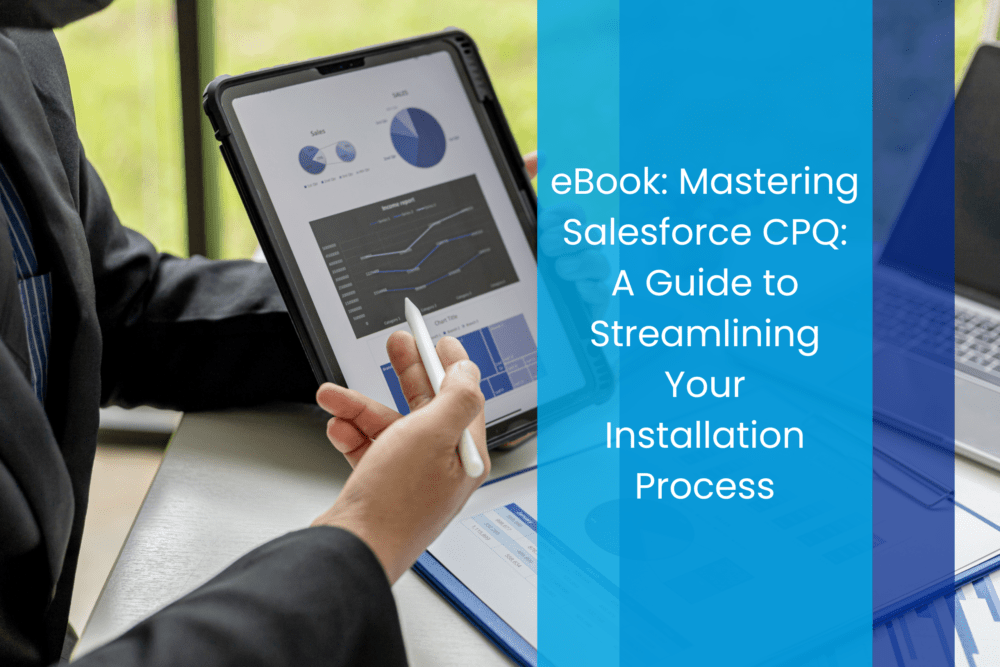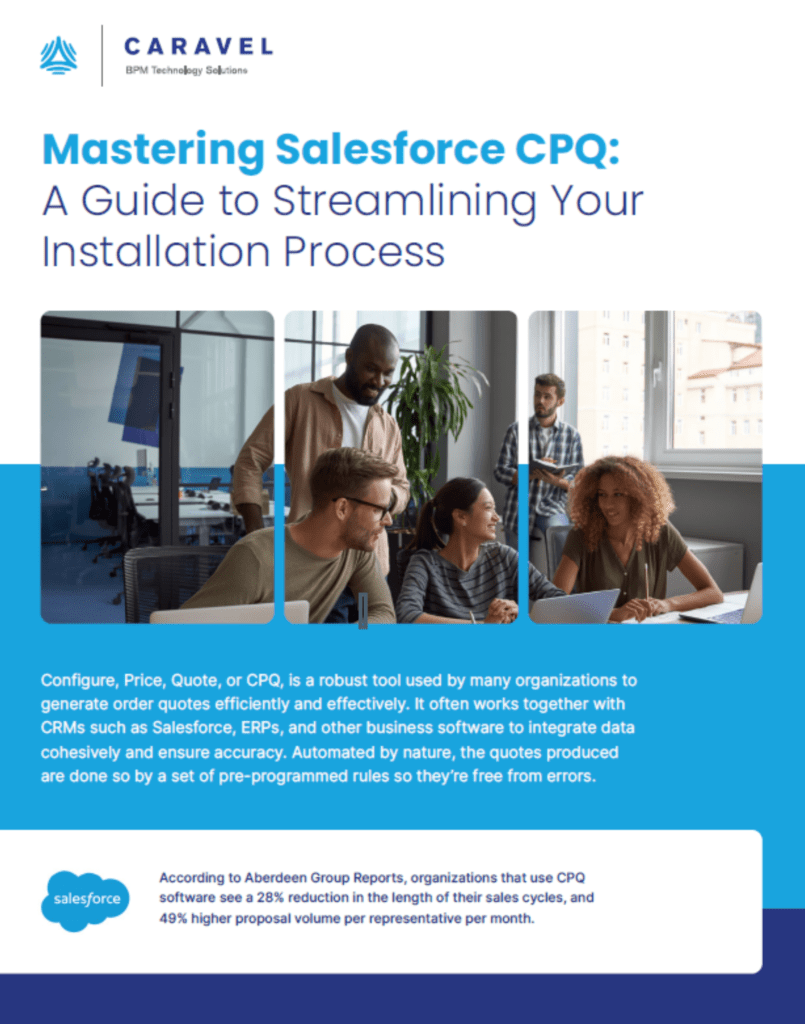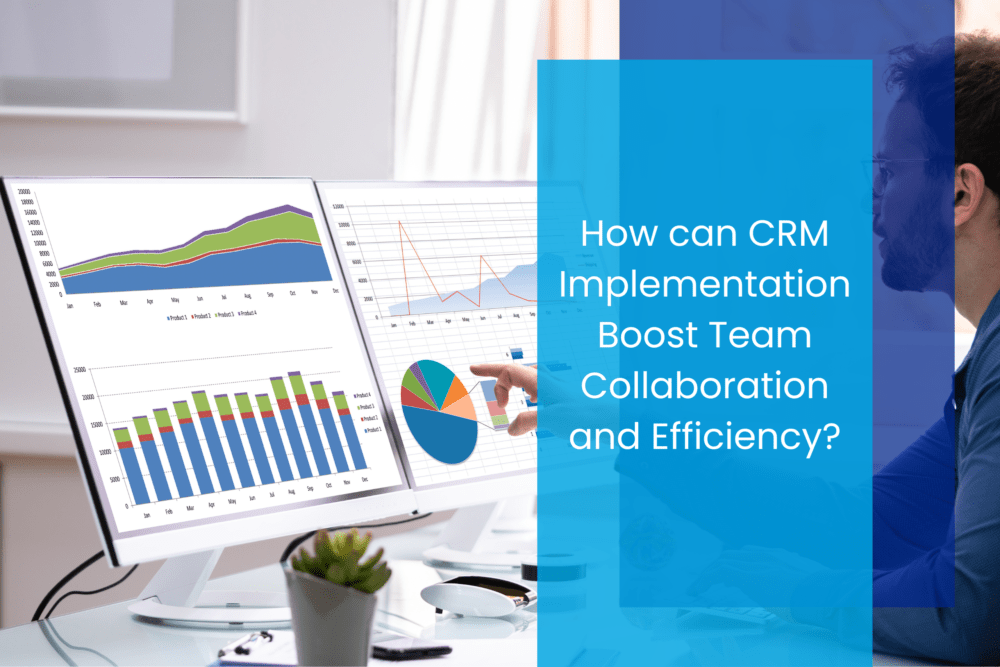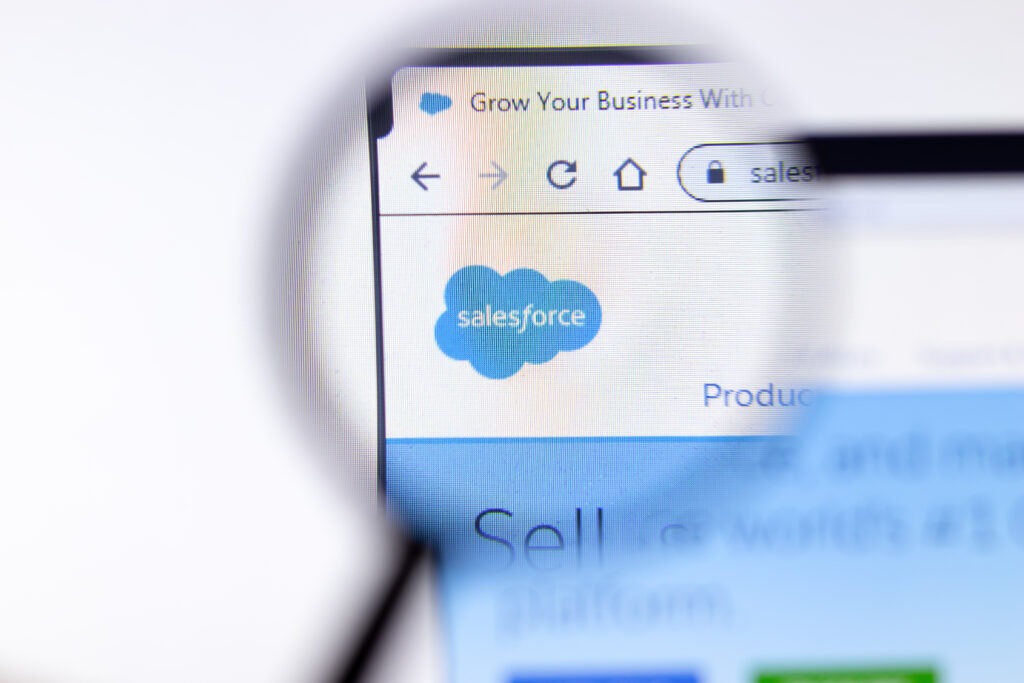In today’s digital landscape, a successful Salesforce implementation can be the difference between thriving and merely surviving. With Nucleus Research reporting an average CRM ROI of $8.71 for every dollar spent, the stakes are significant. However, the path to success requires more than just purchasing a license—it demands a strategic approach that aligns technology with business objectives.
“Over the past decade, I’ve watched Salesforce implementations evolve from simple CRM deployments to comprehensive business transformations,” notes Kevin Dimond, Director of Salesforce Practice at Caravel. “The organizations that succeed today are those that spend the time to understand their business processes and where they can make improvements to their overall sales process.” Dimond observed that making certain adjustments can increase the velocity of sales. “More customers today need to think about the complete 360-view of their client, from Sales, Support, Product Usage, Billing, etc.,” he explains.
The Real Impact of Salesforce Implementation
The numbers tell a compelling story. According to Salesforce’s own data, organizations that leverage their platform effectively see transformative results:
- 29% increase in sales through enhanced customer insights
- 34% improvement in seller productivity through streamlined processes
- 42% improvement in sales forecasting accuracy
These results demonstrate the platform’s potential to transform business operations. However, achieving these outcomes requires careful planning and execution. Dimond points out that while these numbers are compelling, “what’s often overlooked is the opportunity to accelerate ROI through strategic process optimization. I’ve consistently found that organizations achieve the fastest returns when they take a step back to look at the entire organization as a whole and determine where the bottlenecks occur. If it takes you longer to get a quote in front of your customers than your competitor does, you’re doing something wrong.”

Understanding Timeline and Investment
Implementing Salesforce is a significant undertaking that requires careful resource allocation. According to G2, a typical Salesforce implementation takes 4–6 months to complete, with organizations seeing ROI within 12 months of deployment.
The investment required varies based on several factors:
- Implementation approach and partner selection
- Scale and complexity of customizations
- Data migration volume and complexity
- Integration requirements with existing systems
- Training and change management needs
Understanding these factors early helps create realistic budgets and timelines while avoiding unexpected costs during implementation.
One of the most common timeline variables Dimond encounters is the scope of data migration and integration. He notes that “organizations can better plan for this by starting with a thorough system audit that includes reviewing all accounts to determine if they are still active and perhaps archiving those that no longer make sense to keep.” Dimond also added that it’s a good idea to “compare contacts against an enrichment SaaS offering service to ensure that the contact still exists and is worth keeping in your CRM.”
Implementation Approaches: Choosing the Right Path
Before diving into the implementation process, organizations must select the approach that best fits their needs and capabilities. Each option offers distinct advantages and considerations:
Managed Implementation
Working with a certified implementation partner provides access to deep platform knowledge and industry best practices. This approach:
- Minimizes technical debt through proper architecture
- Accelerates time-to-value through proven methodologies
- Ensures scalability for future growth
Hybrid Implementation
Combining internal resources with external guidance offers a balanced approach to implementation. This method facilitates knowledge transfer to internal teams while maintaining cost efficiency through selective outsourcing. Organizations retain control over the implementation process while benefiting from external expertise where needed.
Self-Managed Implementation
While possible for simple deployments, this approach carries significant risks that should be carefully considered. Implementation timelines often extend beyond initial projections, and the potential for technical debt increases substantially. Limited access to best practices and industry insights can also hamper long-term success.
Project Phases: A Strategic Roadmap
To effectively manage both timeline and investment, successful Salesforce implementations follow a structured approach. Breaking down the project into distinct phases not only helps control costs but also ensures each aspect of the implementation receives appropriate attention and resources. Here’s how a typical implementation journey unfolds:
Phase 1: Discovery and Planning
This phase encompasses an initial assessment of business needs, current processes, and desired outcomes. This stage includes stakeholder interviews, requirement gathering, and development of the implementation strategy.
Phase 2: Design and Configuration
System architecture design, initial configurations, and prototype development are included in the second phase. This phase focuses on translating business requirements into technical solutions.
Phase 3: Data Preparation and Migration
This phase ensures data integrity in the new system. Data cleaning, mapping, and migration planning run parallel to system configuration during this stage.
Phase 4: Testing and Validation
Phase 4 covers comprehensive testing of all configurations, integrations, and workflows. This includes user acceptance testing and necessary adjustments.
Phase 5: Deployment and Go-Live
Final data migration occurs in phase 5, along with user training and system launch. This phase requires careful coordination and clear communication.

Beyond Basic Lead Management: Key Strategic Elements
With the framework and timeline established, a successful implementation requires focus on three core elements that drive lasting value:
-
Business Process Alignment
The foundation of a successful implementation lies in understanding and optimizing business processes before configuring the technology. This means taking a thorough look at current workflows and identifying bottlenecks that impede productivity. Organizations must map their desired future states with scalability in mind, then prioritize changes based on business impact and their ability to absorb change.
Key considerations for process alignment include:
- Documenting current workflows and identifying improvement opportunities
- Mapping desired future states that support scalability
- Prioritizing changes based on potential business impact
-
Data Strategy and Migration
Data quality directly impacts system effectiveness. “Never underestimate how much time it is going to take to review and clean your data,” Dimond emphasized. A robust implementation plan begins with a comprehensive data audit and cleansing process. This should be followed by establishing clear data governance policies and a structured migration approach with validation checkpoints.
Essential components of a successful data strategy contain:
- Comprehensive data audit and cleansing procedures
- Clear data governance policies and ownership
- Determining the “Source of Truth”
- Structured migration approach with validation points
- Ongoing data quality maintenance protocols
-
Change Management and Adoption
The most sophisticated implementation fails without user adoption. Success requires early stakeholder engagement across all levels of the organization, combined with structured training programs tailored to different user groups.
Creating a Foundation for Success
With strategic elements in place, focus shifts to building technical foundations that support long-term success.
Integration Strategy
Modern businesses rely on connected systems that work seamlessly together. Your implementation strategy should address how these systems interact and share data. Define clear ownership and governance rules to ensure smooth operations across the entire technology stack.
Scalability Planning
Future-proofing your implementation requires careful attention to scalability. This means building flexible data models that accommodate growth and implementing modular solutions that can be enhanced over time. Thorough documentation of customizations ensures easier maintenance and updates as your organization evolves.
Security and Compliance
Protecting your investment requires a comprehensive approach to security and compliance. Role-based access controls ensure appropriate data access across the organization, while robust data encryption and security protocols protect sensitive information.
Dimond points out that “one of the most overlooked items in a Salesforce implementation is access control. There are so many instances that we find where the default option of sharing all data objects to anyone with access is enabled. In this day and age, it’s critical to ensure that you limit access to data for people that need it, versus giving it out freely. What would you do if someone walked out the door with an export of all your sensitive information?”
Moving Forward with Confidence
With these foundational elements in place, the journey to a successful Salesforce implementation requires balancing immediate needs with long-term vision. Organizations that approach implementation strategically—focusing on business outcomes while considering organizational readiness and change management—position themselves for sustainable success.
Remember that an implementation is not a one-time event but rather an ongoing journey of optimization and refinement. Regular assessments and adjustments ensure the system continues to deliver value as your business evolves.
Partner with Caravel for Implementation Success
At Caravel, we view CRM differently. Born from our ERP practice, our approach to Salesforce implementations focuses on business outcomes while considering your organization’s need for speed, dexterity, and process visibility. We understand that CRM should be an enabler, not an inhibitor.
Unlike approaches that over-engineer Salesforce environments and create technical debt, Caravel’s implementation methodology considers every aspect of your organization—not just the technology, but your people and processes. Our proven track record with integrations and back-end systems ensures you receive a robust, scalable solution that truly meets your business needs.
Through our comprehensive services, we help organizations:
- Assess current CRM requirements and develop implementation strategies aligned with change management capabilities
- Deploy Salesforce from requirements gathering through configuration and training
- Provide ongoing support through proactive help desk assistance
- Optimize configurations to match evolving business models and requirements
By focusing on these foundational elements and choosing Caravel as your implementation partner, you can create a robust, scalable solution that drives business growth and enables lasting success.
Contact us in the form below, and we will respond immediately.






















